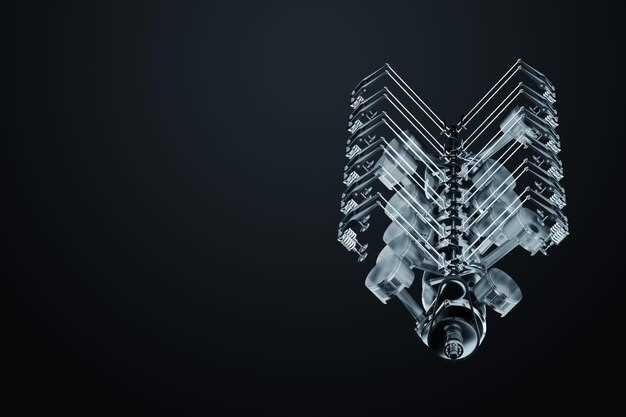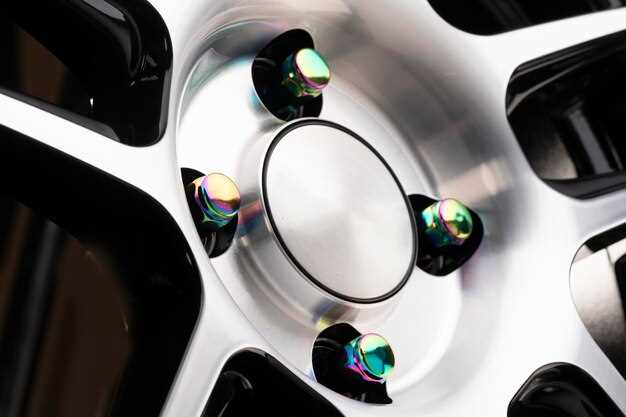
The world of GT cars is constantly evolving, driven by technological advancements and the demands of automotive enthusiasts. As we approach 2025, aftermarket parts have begun to play a pivotal role in optimizing performance, aesthetics, and overall driving experience. Enthusiasts are increasingly seeking components that not only enhance their vehicle’s capabilities but also reflect their personal style.
In this article, we will explore the top aftermarket parts that are set to redefine GT cars in 2025. From high-performance exhaust systems to cutting-edge suspension kits, these components are designed to push the boundaries of what these vehicles can achieve. The right aftermarket parts can significantly improve acceleration, handling, and efficiency, ensuring that each drive is nothing short of exhilarating.
Additionally, the trend toward customization is here to stay. Many car owners are looking for ways to personalize their vehicles, and aftermarket parts offer a vast array of options to achieve this. Whether it’s unique body kits that enhance aerodynamics or advanced tuning software that optimizes engine performance, enthusiasts have never had so many choices. Join us as we delve into the must-have aftermarket parts that will define the GT car landscape in 2025.
Choosing the Best Performance Tires for GT Models

When selecting the best performance tires for GT models, it is essential to consider various factors that contribute to enhanced driving experience and improved vehicle dynamics. High-performance tires are a crucial aftermarket component that can significantly affect handling, grip, and overall performance.
Tire Composition plays a vital role in performance. Tires made from a softer rubber compound provide better traction on both wet and dry surfaces, allowing for improved cornering capabilities. However, softer compounds can wear out more quickly, so a balance must be struck between grip and longevity.
Tread Pattern is another important feature to examine. Tires with a more aggressive tread design enhance grip during acceleration and braking, while minimizing hydroplaning in wet conditions. For GT cars primarily driven on dry tracks, a slick or semi-slick tire often provides the best performance due to the larger contact patch with the road.
Consider the size and aspect ratio of the tires as they affect the handling characteristics of the vehicle. Wider tires increase surface area contact, leading to improved stability and grip but may also result in a harsher ride. Selecting the correct tire size is crucial to maintain the intended design and performance of your GT model.
Temperature Resistance is critical when choosing performance tires, especially for GT cars that are likely to face high speeds and intense heat. Tires designed for high-performance applications are typically engineered to withstand increased temperatures without sacrificing structural integrity or performance.
Additionally, brand reputation and user reviews can provide insights into a tire’s performance over time. Brands that specialize in GT performance tires often conduct comprehensive testing and provide detailed specifications that can guide your decision.
Lastly, consider the environment and driving conditions in which the tires will primarily be utilized. Some tires are optimized for track use, while others are more versatile for street driving. Choose a tire that complements your specific driving needs and enhances the potential of your GT model.
Upgrading Suspension Components for Enhanced Handling

To achieve superior handling in GT cars, upgrading suspension components is essential. High-performance parts such as adjustable coilovers allow drivers to modify the ride height and damping characteristics, improving both performance and comfort. Enhanced shock absorbers provide better response to road imperfections, ensuring optimal tire contact with the pavement.
Another vital component is the sway bar, or anti-roll bar, which helps to reduce body roll during cornering. Aftermarket sway bars are often stiffer than OEM options, leading to improved stability and cornering precision. Furthermore, performance bushings, made from materials such as polyurethane, reduce flex and enhance steering feedback, contributing to a more connected driving experience.
Upgrading to lightweight control arms can also enhance suspension performance. These parts reduce unsprung weight, allowing for quicker responses to driving inputs. Additionally, replacing factory strut mounts with aftermarket versions can lead to greater durability and improved alignment, ensuring consistent handling dynamics.
Investing in a comprehensive upgrade of suspension components not only enhances the driving experience but also significantly improves the overall performance of GT cars, making them more competitive on the track or enjoyable on the road.
Selecting High-Performance Exhaust Systems for GT Vehicles
When enhancing GT vehicles, one of the most significant aftermarket parts to consider is the high-performance exhaust system. A well-designed exhaust plays a crucial role in maximizing engine efficiency, improving power output, and enhancing the overall driving experience. Below are key factors to consider when selecting an exhaust system for your GT car.
- Material: High-performance exhausts are typically made from stainless steel, titanium, or aluminized steel. Stainless steel offers durability and corrosion resistance, while titanium is lighter and provides added performance benefits.
- Design and Configuration: Look for exhaust systems with a straight-through design to reduce back pressure. Consider options like cat-back, axle-back, or turbo-back systems depending on your specific needs.
- Sound Characteristics: Engine sound is a personal preference. Choose systems that offer a balance between aggressive sound and practicality for daily driving. Some brands may provide adjustable sound levels.
- Performance Gains: Research the expected horsepower and torque improvements. Many manufacturers provide dyno charts that show potential gains over stock systems.
- Weight Reduction: Consider how much weight can be saved with a new exhaust system. Lighter materials can significantly enhance performance and handling.
In addition to these factors, it’s crucial to ensure the exhaust system is compatible with your specific GT model. Check for vehicle-specific fitment to avoid installation issues. Furthermore, some aftermarket parts may require modifications or tuning to achieve optimal performance.
Finally, don’t forget to consider legal regulations in your region regarding noise levels and emissions. Opting for high-performance exhaust systems that comply with local laws will help you enjoy your GT car without legal complications.













